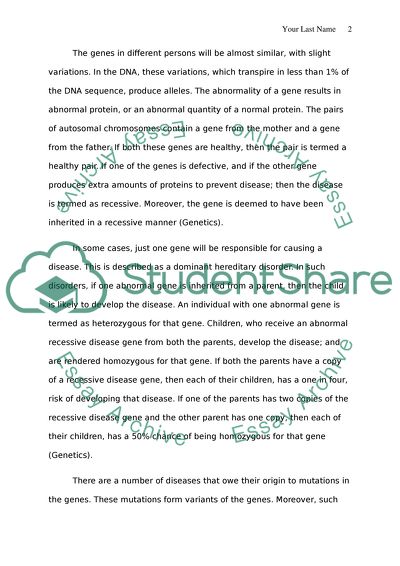Cite this document
(“Genetics Essay Example | Topics and Well Written Essays - 2000 words”, n.d.)
Retrieved from https://studentshare.org/miscellaneous/1561402-genetics
Retrieved from https://studentshare.org/miscellaneous/1561402-genetics
(Genetics Essay Example | Topics and Well Written Essays - 2000 Words)
https://studentshare.org/miscellaneous/1561402-genetics.
https://studentshare.org/miscellaneous/1561402-genetics.
“Genetics Essay Example | Topics and Well Written Essays - 2000 Words”, n.d. https://studentshare.org/miscellaneous/1561402-genetics.


